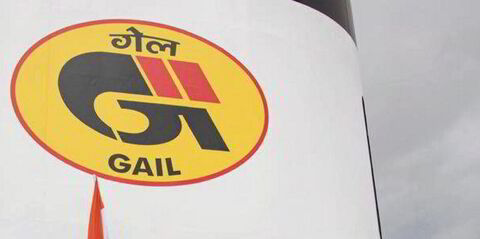The capesize bulker market continued its scorching rally on Tuesday to leap for the fourth straight business day to achieve its highest point in 18 months.
The average spot rate for capesizes across five key routes jumped 9.4% to nearly $34,700 per day on Tuesday, according to the Baltic Exchange.
The jump in the 5TC route came despite a decline in rates for fixtures in the Pacific market.
Rio Tinto chartered an unnamed capesize on Tuesday to carry 170,000 tonnes of iron ore at $11.25 per tonne from Dampier in Western Australia to Qingdao, China.
That is lower than the $11.50 per tonne that the Australian iron ore miner paid on Monday for a similar fixture.
Both ships are scheduled to be loaded from 12 to 16 December.
The 5TC has climbed a steady 73% since bottoming out at just above $20,000 per day on 22 November, but market experts do not expect the steep ascent to continue much longer.
“It will not last, because nothing lasts in shipping,” Breakwave Advisors founder John Kartsonas told TradeWinds. Breakwave Advisors is an asset management firm that runs an exchange-traded fund focused on dry bulk shipping.
“It will come off and take a hard hit at some point, as the market expects that and futures are pricing such a correction.”
In the futures market, December capesize contracts rose 5.1% to just above $24,400 per day on Tuesday, the exchange showed, but January contracts lost $32 per day to about $15,500 per day while February deals shed $139 per day to $9,625 per day.
Strong iron ore demand in the Atlantic basin has caused a “dead-cat bounce” in average capesize spot rates as bauxite exports from West Africa have risen seasonally and Brazil, a major ore producer, has remained dry for months, said Joakim Hannisdahl, founder of Gersemi Asset Management.
“Rainy season is just around the corner, though. Interesting to see how long the current rate environment can last,” he wrote on social media platform X, formerly known as Twitter.
He said Gersemi expects capesize spot rates to average at around $10,800 per day and drop as low as $6,168 per day in the first quarter as a result of Brazil’s rainy season, Australia’s cyclone season and Chinese New Year.
“We see downside risk for capesize spot rates in the near future,” he told TradeWinds.




